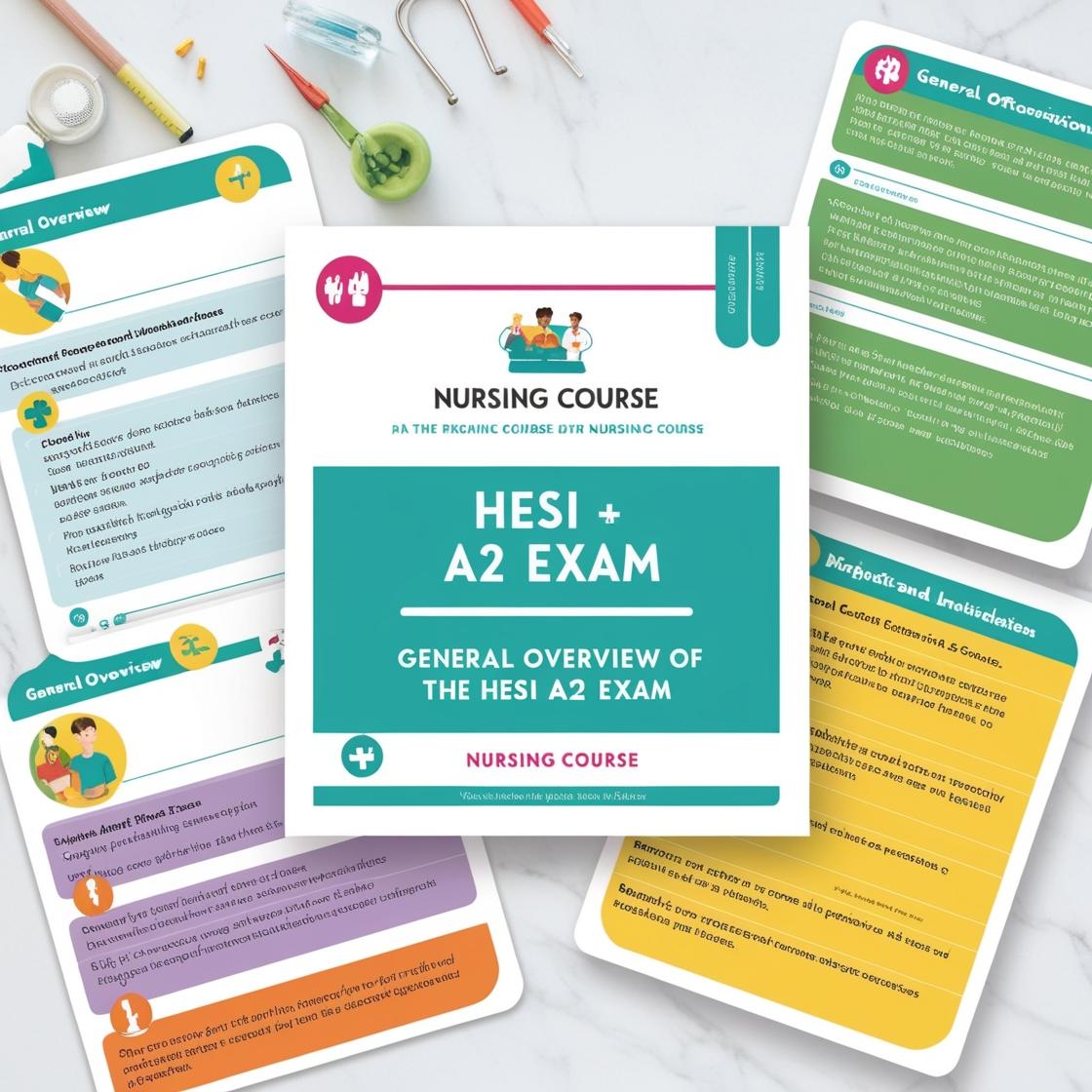HESI A2
HESI A2 Physics Quizlet
1. A rock has a volume of 6 cm3 and a mass of 24 g. What is its density?
- A. 4 g/cm3
- B. 4 cm3/g
- C. 144 g/cm3
- D. 144 cm3/g
Correct answer: A
Rationale: Density is calculated by dividing the mass of an object by its volume. In this case, the mass of the rock is 24 g and its volume is 6 cm3. By dividing 24 g by 6 cm3, we find that the density of the rock is 4 g/cm3. Choice A is the correct answer because density is expressed in units of mass per unit volume (g/cm3). Choice B is incorrect as it represents the reciprocal of density. Choices C and D are significantly higher values and do not match the calculated density of the rock.
2. Jon walks all the way around a rectangular park that is 1 km × 2 km. Which statement is true about Jon’s walk?
- A. The displacement of his walk is 3 kilometers, and the distance traveled is 0 kilometers.
- B. The displacement of his walk is 0 kilometers, and the distance traveled is 16 kilometers.
- C. The displacement of his walk is 6 kilometers, and the distance traveled is 0 kilometers.
- D. The displacement of his walk is 0 kilometers, and the distance traveled is 6 kilometers.
Correct answer: D
Rationale: Jon walks all the way around a rectangular park that is 1 km × 2 km, which means he walks a total distance of 6 kilometers (1 km + 2 km + 1 km + 2 km = 6 km). However, the displacement of his walk is 0 kilometers because he starts and ends at the same point after completing the rectangular path around the park. Displacement refers to the change in position from the starting point to the ending point, regardless of the actual distance traveled. Choice A is incorrect because the total distance traveled by Jon is 6 kilometers, not 0 kilometers. Choice B is incorrect as the displacement is not 0 kilometers, and the distance traveled is 6 kilometers, not 16 kilometers. Choice C is incorrect because the displacement is 0 kilometers, and the distance traveled is 6 kilometers, not 0 kilometers.
3. At which point on a roller coaster does the car have the greatest potential energy?
- A. The start of the ride
- B. The highest peak
- C. The lowest trough
- D. The end of the ride
Correct answer: B
Rationale: The correct answer is B, the highest peak. At the highest peak of the roller coaster, the car reaches its maximum height above the ground. This point represents the car's greatest potential energy because it has the highest potential to do work due to its elevated position. The potential energy is directly proportional to the height of an object, so the highest point on the roller coaster track corresponds to the car's greatest potential energy. Choices A, C, and D are incorrect because potential energy is highest at the peak due to its elevated position, not at the start of the ride, the lowest trough, or the end of the ride.
4. A caterpillar starts moving at a rate of 14 in/hr. After 15 minutes, it is moving at a rate of 20 in/hr. What is the caterpillar’s rate of acceleration?
- A. 6 in/hr²
- B. 12 in/hr²
- C. 24 in/hr²
- D. 280 in/hr²
Correct answer: C
Rationale: Acceleration is the change in velocity over time. The change in velocity for the caterpillar is 20 in/hr - 14 in/hr = 6 in/hr. Since this change occurred over 15 minutes (or 0.25 hours), the acceleration can be calculated as (6 in/hr) / (0.25 hr) = 24 in/hr². Therefore, the caterpillar's rate of acceleration is 24 in/hr², which corresponds to choice C. Choice A, 6 in/hr², is incorrect as it does not account for the time factor and the correct calculation. Choice B, 12 in/hr², is incorrect as it doubles the correct acceleration value. Choice D, 280 in/hr², is significantly higher than the correct value, indicating a calculation error.
5. A pitcher throws a 45-g baseball at a velocity of 42 meters per second. What is the ball’s momentum?
- A. 0.189 kg⋅m/s
- B. 1.89 kg⋅m/s
- C. 1.07 kg⋅m/s
- D. 0.93 kg⋅m/s
Correct answer: B
Rationale: Momentum is calculated by multiplying mass (in kg) by velocity (in m/s). The mass of the baseball is 0.045 kg (45 grams converted to kg), and the velocity is 42 m/s. Momentum = 0.045 kg × 42 m/s = 1.89 kg⋅m/s. Therefore, the correct answer is 1.89 kg⋅m/s. Choice A is incorrect as it incorrectly converts the mass from grams to kg. Choice C and D are incorrect due to calculation errors.

Access More Features
HESI A2 Basic
$89/ 30 days
- 3,000 Questions with answers
- 30 days access
HESI A2 Premium
$129.99/ 90 days
- Actual HESI A2 Questions
- 3,000 questions with answers
- 90 days access
